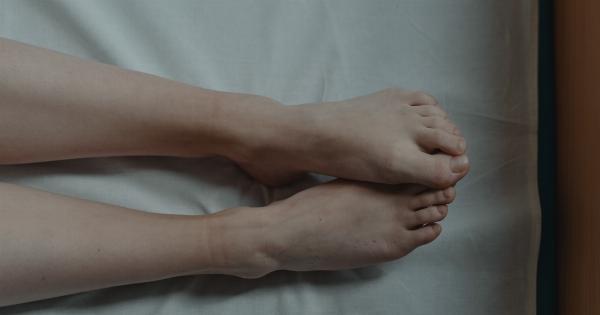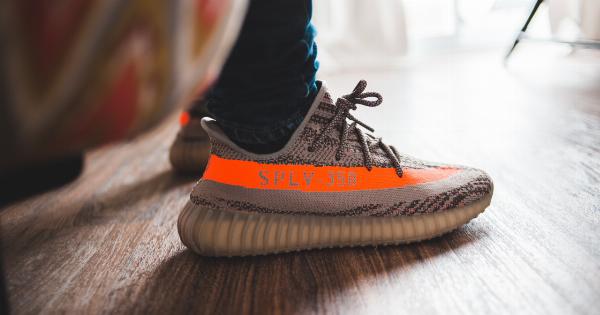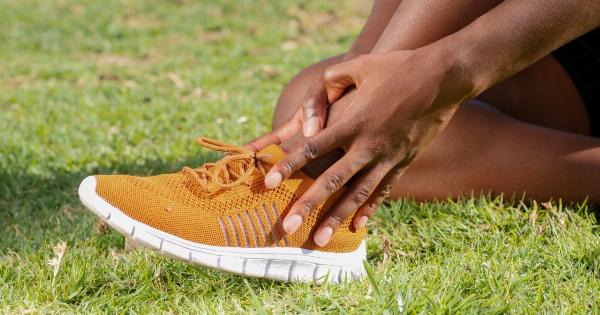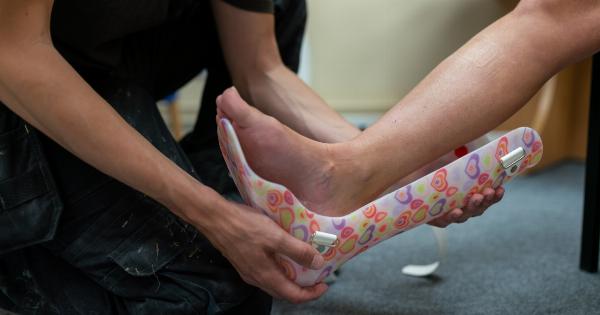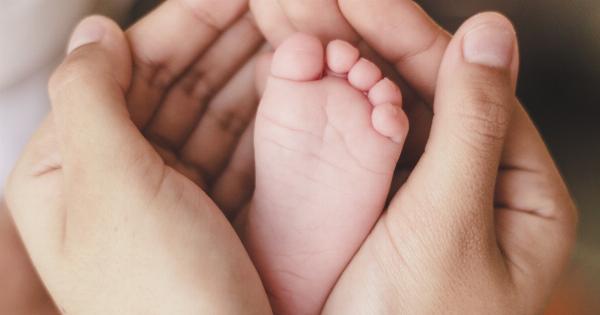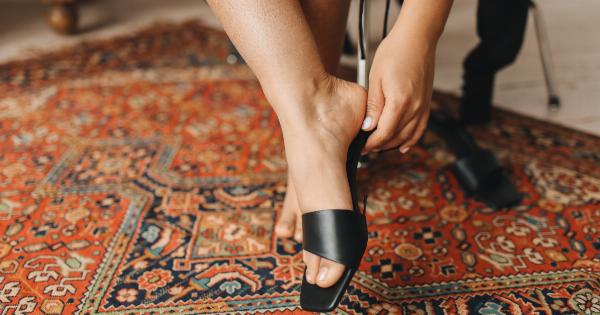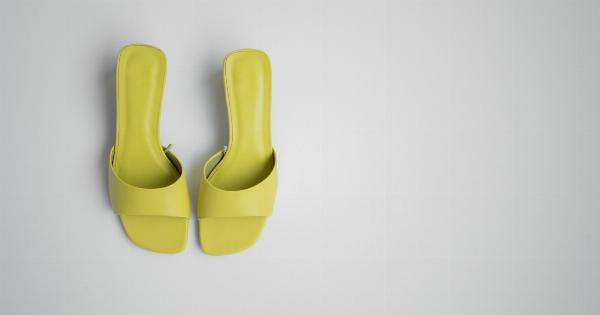Foot pain and discomfort can be a common occurrence for many people, regardless of their age or daily activities. Foot pain can range from a mild discomfort to a debilitating pain that interferes with everyday life.
Many different factors can contribute to foot pain, including injury, medical conditions, and lifestyle habits. Understanding the causes of foot pain and discomfort can help people take steps to prevent or manage their symptoms.
1. Foot Injuries
Foot injuries can be caused by accidents or overuse. Fractures, sprains, and strains are the most common types of foot injuries.
Wearing ill-fitting shoes or participating in high-impact activities, such as running or jumping, can increase the risk of foot injuries. It is important to seek medical attention if foot pain is caused by an injury, as failure to treat the injury properly can result in long-term pain and damage.
2. Plantar Fasciitis
Plantar fasciitis is a common condition that affects the tissue that connects the heel bone to the toes.
When this tissue becomes inflamed, it can cause pain and discomfort in the heel and arch of the foot, especially in the morning or after long periods of standing or walking. Wearing shoes with proper arch support and doing stretching exercises can help prevent and manage plantar fasciitis.
3. Arthritis
Arthritis is a condition that causes inflammation in the joints, including those in the feet. Rheumatoid arthritis, osteoarthritis, and gout are the most common types of arthritis that affect the feet.
Symptoms of arthritis in the feet include pain, stiffness, and swelling. Treatment for arthritis in the feet may include medication, physical therapy, or orthotic devices.
4. Flat Feet
Flat feet, also known as fallen arches, can cause pain and discomfort in the foot and ankle. Flat feet can be caused by genetics, injury, or obesity.
Wearing shoes with proper arch support and doing stretching exercises can help manage the symptoms of flat feet.
5. Bunions
Bunions are a bony bump that forms at the base of the big toe. Bunions can be caused by genetics, injury, or wearing tight shoes. Symptoms of bunions include pain, swelling, and redness.
Treatment for bunions may include wearing wider shoes, using orthotic devices, or surgery.
6. Neuropathy
Neuropathy is a condition that affects the nerves and can cause numbness, tingling, and pain in the feet. Diabetes, chemotherapy, and alcohol abuse are common causes of neuropathy.
Treating the underlying condition can help manage the symptoms of neuropathy.
7. Morton’s Neuroma
Morton’s neuroma is a condition that affects the nerves between the toes and can cause sharp pain and discomfort in the ball of the foot. Wearing tight shoes and high heels can increase the risk of Morton’s neuroma.
Treatment for Morton’s neuroma may include wearing wider shoes, using orthotic devices, or surgery.
8. Tendinitis
Tendinitis is a condition that affects the tendons and can cause pain and stiffness in the foot and ankle. Tendinitis can be caused by injury or overuse. Treatment for tendinitis may include rest, ice, and physical therapy.
9. Ingrown Toenail
Ingrown toenails occur when the corner of the toenail grows into the skin, causing pain and swelling. Wearing tight shoes or cutting the toenails too short can increase the risk of ingrown toenails.
Treatment for ingrown toenails may include soaking the foot in warm water and wearing wider shoes.
10. Pregnancy
Pregnancy can cause changes in the feet and can lead to foot pain and discomfort. The added weight and changes in hormone levels can cause swelling, flat feet, and plantar fasciitis.
Wearing comfortable shoes and doing stretching exercises can help manage the symptoms of foot pain during pregnancy.


